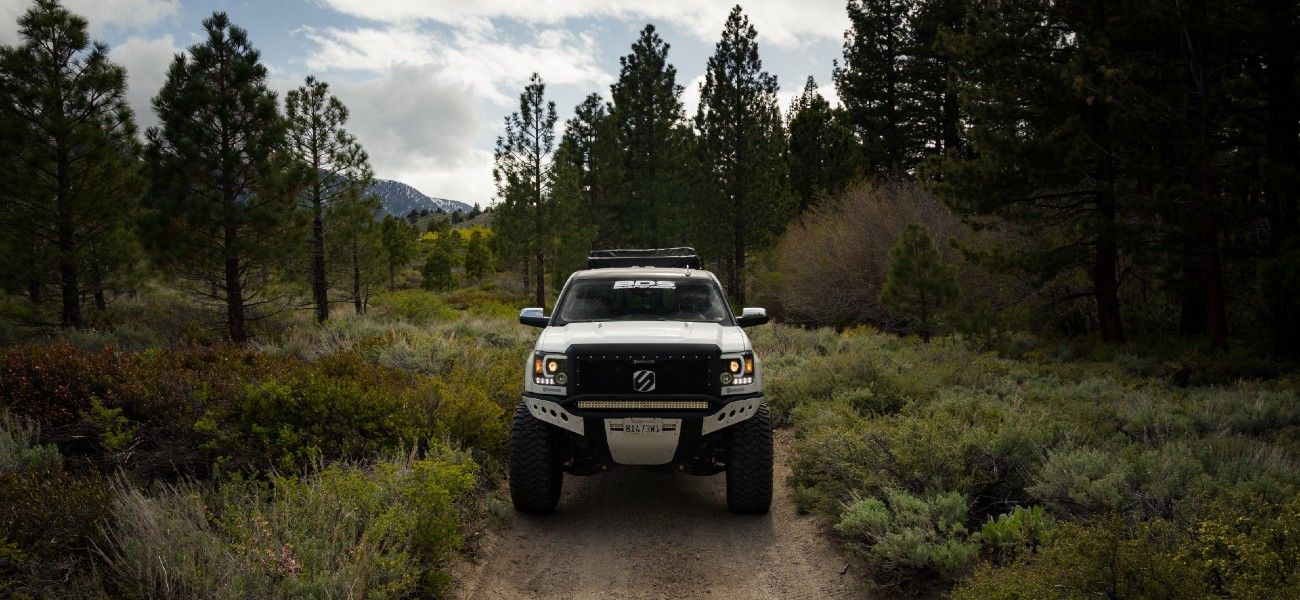Off-roaders are constantly seeking advantages to enhance their overall experience.
Some people don’t want to go out for a single day. They want to cruise across the outback on an amazing adventure. But the problem is that there’s only so much fuel in the tank. Meanwhile, service stations can be hard to come by.
That’s where a long-range fuel tank comes into its own.
In short, they hold more fuel than a standard tank and increase the range of the vehicle. Today we’ll look at long-range fuel tanks in detail so that you can weigh up the advantages and drawbacks of these useful upgrades.
Let’s get started!
What are long-range fuel tanks?
A long-range fuel tank is an accessory that maximises your vehicle’s ability to hold fuel.
Usually, it replaces the standard factory tank. However, it can also take the form of an auxiliary fuel tank. The overall intention is the same because they allow your vehicle to travel further between stops.
Traditionally, Australian drivers use them in the Outback to avoid the risk of running out of fuel when travelling through isolated areas. There are often long distances between towns so it makes sense to increase the fuel capacity for emergencies.
However, there are some other benefits that we can look at now.
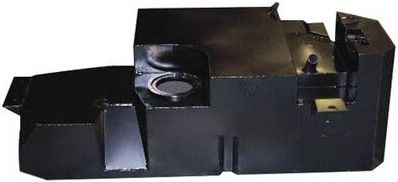
What are the benefits of using a long-range fuel tank?
The primary reason why people use a long-range fuel tank is to increase their vehicles’ fuel capacity. This produces several benefits that make these accessories invaluable.
Peace of Mind
Anybody who drives regularly in remote areas will tell you that it can be a wild place.
However, nobody wants to be stuck in the middle of the bush, miles and miles from civilization. It may seem like the beginning of a horror movie, but many people still suffer breakdowns or run out of fuel because they haven’t prepared properly.
Then they must wait in the searing heat for somebody to come and help them. If they’re lucky another passing driver may come to their aid. But they could be stuck for hours if they’re relying on emergency services.
If you increase your fuel capacity with a long-range tank you know how much you have. This means there’s no need to worry about the dreaded red light before you reach your destination!
Along with your critical recovery gear like winches and boards, they are key for keeping you safe while traversing the tricky terrain out there in the bush.
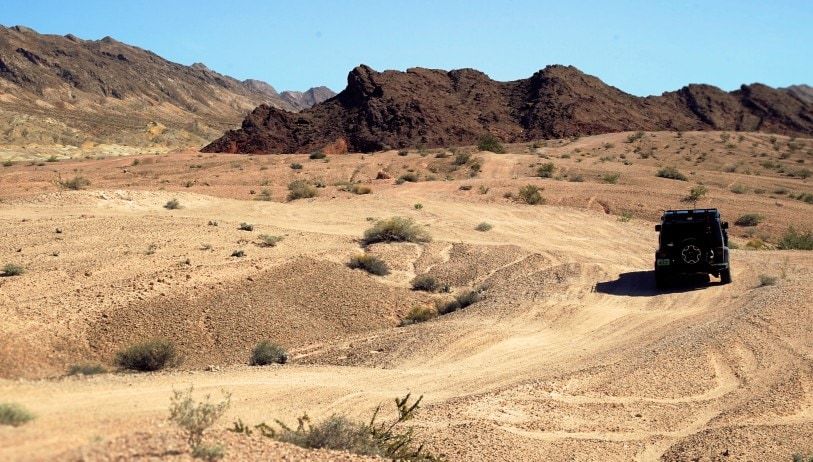
Efficiency
Anybody who travels lengthy distances or tows a caravan will benefit from a long-range fuel tank.
It enables a much more efficient experience because there’s less need to stop during the journey. Simply take off and keep driving. Without a long-range tank, it’s necessary to pre-plan and check where the service stations are on your route.
Another benefit is that it may help you to conserve fuel. You won’t need to restart your vehicle or leave it running idle as often if you’re not stopping. Furthermore, you can be more selective about where you refuel and potentially save a lot of money.
Being selective also means you can choose higher quality fuel. Filling up with bad fuel can incur greater costs if you need repairs.
When you’re towing, every bit helps!
Modifications
Modifications enhance the performance of 4X4s. They can make them safer to drive or more powerful.
However, they also add more weight to the vehicle. This is a problem because it increases the overall fuel consumption. After all, there is more heft for the engine to lug around. In some cases, this can be up to 50% increase in weight compared to a model fresh out of the factory.
Having a long-range tank will increase your range, getting it back to where it would have been before the extra weight.
Storage Capacity
The obvious alternative to a long-range fuel tank is a jerry can.
Jerry cans have a single advantage over the former: they’re undeniably much cheaper. But the downside is that they take up a lot of valuable space in the vehicle. A large-capacity fuel tank isn’t noticeable until you check the underside of the vehicle.
Another problem with jerry cans is that they’re messy. Some fuel will inevitably spill out. This may happen when you’re pouring it. Or it could leak inside the vehicle and leave a strong smell. This can be dangerous if you’re not careful.
A long-range fuel tank avoids both of these problems.
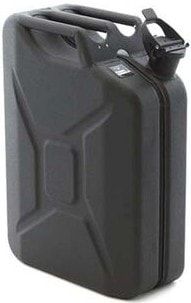
Long-Range Fuel Tanks - Specifications
Long-range fuel tanks have a lot of conveniences. Now let’s check out their specs so that you can see why they’re worth the investment.
How much fuel can they hold?
A standard fuel tank holds up to 80 litres.
Meanwhile, a long-range fuel tank has a capacity of at least 140 litres. This is a substantial difference that creates new possibilities.
Some people question if they’re worth it but the reality is that jerry cans hold about 22 litres. It can take three or four cans to give you the same capacity of fuel. But they take up a lot more storage space.
Even putting the cans on the roof doesn’t help because of the weight. A long-range fuel tank fits into a space that wouldn’t otherwise be used.
How much further do they increase your range on a single tank?
This depends on what type of vehicle you have.
A standard vehicle may see an increase of at least 20%. However, modified 4WDs will reap the most rewards. Their range can increase by almost 50%. It depends on the size of the long-range tank.
Remember that this depends on several factors including the payload, the speed, and the weather conditions. However, they offer substantial gains that usually equate to hundreds of extra kilometres in additional range.
Will your fuel gauge still work after installing a long-range tank?
Long range fuel tanks usually don’t affect your gauge, as they simply measure the depth of fuel in the tank. They will still show an accurate reading at 0%, 50%, 100% and everywhere in between.
However, the range readout in your vehicle’s display will typically no longer be accurate, as it is calibrated based on the old fuel tank’s volume. It is set to multiply the percentage depth of the fuel tank by the old tank’s volume and then multiply that by the fuel economy.
It may be possible to recalibrate this reading, it will depend on your make and model. It may however, just be simpler to ignore this reading if you don’t use it much.
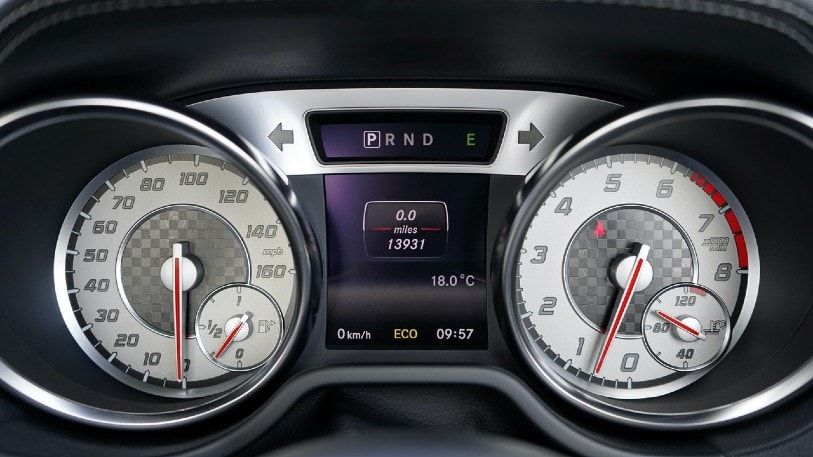
How much do they usually cost?
One of the biggest disadvantages of a long-range tank is its immediate cost.
There’s no pretending that they’re not expensive. Depending on the brand and the vehicle, they are usually between $1,000 and $1,800.
Some people may immediately baulk and reach for their jerry cans. However, the reality is that they can help save a lot of money provided you use them extensively. Remember, you can pick where you want to refill instead of accepting a high cost out of desperation.
Fuel in remote areas is notoriously expensive, so you could save an average of 15 to 50 cents per litre over 140 litres. After plenty of use, may well even make your money back. Yes, the short term cost is high but these are long-term investments.
How much do they cost to get professionally fitted?
This depends on the manufacturer and the retailer. In many cases, they’ll have an all-inclusive price for both the fuel tank and the installation. The main takeaway is to shop around and see what deals are available.
If you’re confident you may be able to save a few hundred dollars by installing it yourself. Check out this video by Seek Adventure to see what’s involved in the process!
What to consider when purchasing a long-range tank
Steel vs. Plastic
The most immediate point to consider is whether you want a steel or plastic tank. Both of these options have clear pros and cons.
Steel is more robust and in many ways, it’s more convenient. They’re extremely durable which is great on rough terrain. Another benefit is that they have drain plugs. If you fill it with bad fuel, you can simply drain the tank and get it all out.
This isn’t possible with plastic polymer tanks. Unfortunately, it’s necessary to rip them out in this situation to empty them.
However, plastic is cheaper and lighter than steel. These days they’re quite strong too and can tolerate a lot of abuse.
Ground Clearance
One of the key aspects to consider is ground clearance.
If the fuel tank hangs too low beneath the vehicle it may suffer damage while driving. All it takes is a misplaced rock or a branch and you have a big problem.
Consult the manufacturer or the dealership to ensure that the long-range tank is suitable for your vehicle.
Weight
One counterproductive aspect of long-range fuel tanks is that they add weight to the vehicle. If you’re already driving a heavily-modified 4WD then this can be an issue because it will increase fuel consumption.
The placement of the fuel tank is important because if it’s too far to the rear it will place pressure on the axles. This means the vehicle requires more energy to move.
Final Thoughts
Long-range fuel tanks are an excellent long-term investment.
If you’ve any doubts, you should sit down and do the maths to see if it’s worthwhile. Calculate the cost of the fuel you’ll use without one and compare it to the cost of the long-range fuel tank.
This may save you hundreds of dollars. Don’t underestimate the convenience aspect either.
Finally, if you’ve any more questions about long-range tanks, please leave a comment below!

